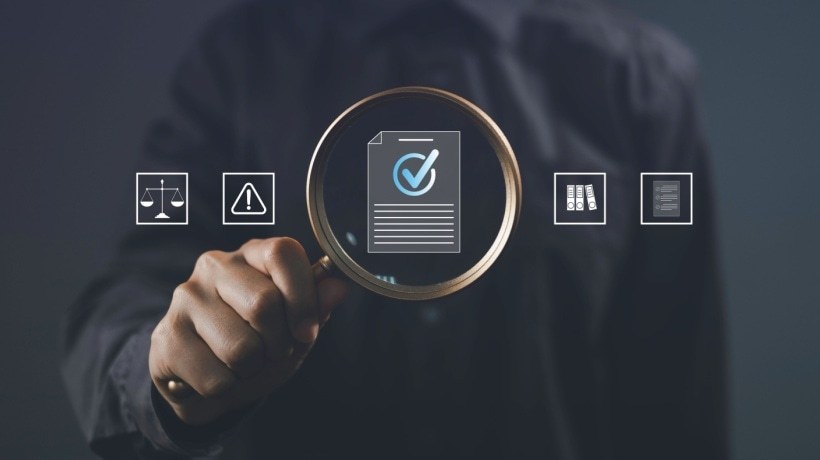Why Traditional Compliance Training Comes Up Short
Enter eLearning: a nimble, engaging, and budget-friendly solution that transforms required compliance training into a strategic strength. All too frequently, compliance training is greeted with sighs and eye-rolling. In-person workshops, cumbersome manuals, and boring lectures have been the hallmark of the experience for years. The outcome? Low participation, lackluster retention, and a "tick-the-box" attitude.
In highly regulated industries—finance, healthcare, manufacturing, and even IT—the cost of noncompliance is enormous: high fines, loss of reputation, and even prosecution. And yet, most organizations keep pouring money into outdated training practices that fail to engage today's workforce.
The eLearning Advantage
eLearning turns things around. By marrying technology and Instructional Design, it makes compliance modules less than thrilling into dynamic, bite-sized lessons that learners will actually finish. Here's how eLearning's click, learn, comply model redesigns compliance training:
1. Anytime, Anywhere Access
One of the greatest advantages of eLearning is flexibility. Through cloud-based Learning Management Systems (LMSs), employees are able to do the required training on their own schedule, on any platform. This is a game changer for remote workforces and global workforces that transcend time zones. Working professionals can pick it up on their daily commute, in between meetings, or while at home. No conference room reservation and interrupting workflows for hours-long training needs to be done.
2. Interactive, Engaging Content
Today's eLearning incorporates multimedia components including videos, quizzes, scenario simulations, gamified modules to enhance learning. For training on compliance, scenario-based training is especially potent. Rather than reciting rules by rote, workers rehearse putting them into practice in actual situations: working with customer information, detecting harassment, or dealing with safety hazards. This active learning strategy increases retention and enables learners to make improved job decisions.
3. Consistent Messaging And Tracking
It is difficult to make sure that everyone receives the same message in classic training. Varying trainers may have different interpretations of policies. eLearning rectifies this by providing identical content to all, with compliance requirements clearly and consistently being communicated. Prebuilt monitoring and reporting capabilities allow HR or compliance managers to track activity easily, remind people about deadlines, and create audit-ready reports. This visibility allows organizations to demonstrate that they've complied with regulations in the event of being challenged.
4. Cost-Effective And Scalable
Hiring trainers, printing equipment and materials, and reserving facilities can be costly, particularly for distributed or large teams. eLearning slashes these costs significantly. Online modules, once created, can be reused, maintained easily, and easily replicated to reach thousands of employees with little additional cost.
5. Developing A Compliance Culture
When executed properly, eLearning doesn't simply educate, it motivates and engages. Trainees are likely to perceive compliance not as a necessity, but rather as part of their obligation to the firm and one another. Microlearning, narrative, and every-day examples put policies into perspective. Ongoing refresher training and knowledge quizzes keep compliance in mind throughout the year, not just at year's end.
Real-World Impact: The Numbers Speak
According to a Brandon Hall Group report, eLearning takes 40% to 60% less employee time compared to class-based training, with retention levels enhanced by as much as 60%. Organizations employing strong digital compliance training solutions see decreased incidents, faster resolution, and improved audit results. For sectors where regulations shift fast such as consider data protection, anti-bribery legislation, or health and safety at work, eLearning makes revisions easy. New modules can be rolled out in an instant, keeping teams compliant and in high spirits.
Getting Started: Compliance eLearning Best Practices
If your company is thinking of making the move, these are some best practices:
- Make it relevant
Tailor content to actual situations your employees encounter. - Make it interactive
Incorporate videos, quizzes, and branching scenarios. - Track and analyze
Use your LMS to track completion rates and knowledge gaps. - Update regularly
Refresh content regularly to keep up with new laws and policies. - Foster a learning culture
Embed compliance as a sustainable habit, not an occasional course to take.
Click, Learn, Comply, And Thrive
Reputations are made or destroyed overnight. Compliance has to be mission-critical. eLearning turns compliance training from mandatory to meaningful, measurable, and manageable. By embracing digital learning tools, organizations give employees the tools they need to remain informed, confident, and accountable. The outcome? A safer, more ethical workplace and a culture in which doing the right thing is just the way things are done. So the next time you consider compliance training, consider click, learn, comply. Your people and your bottom line will thank you for it.










